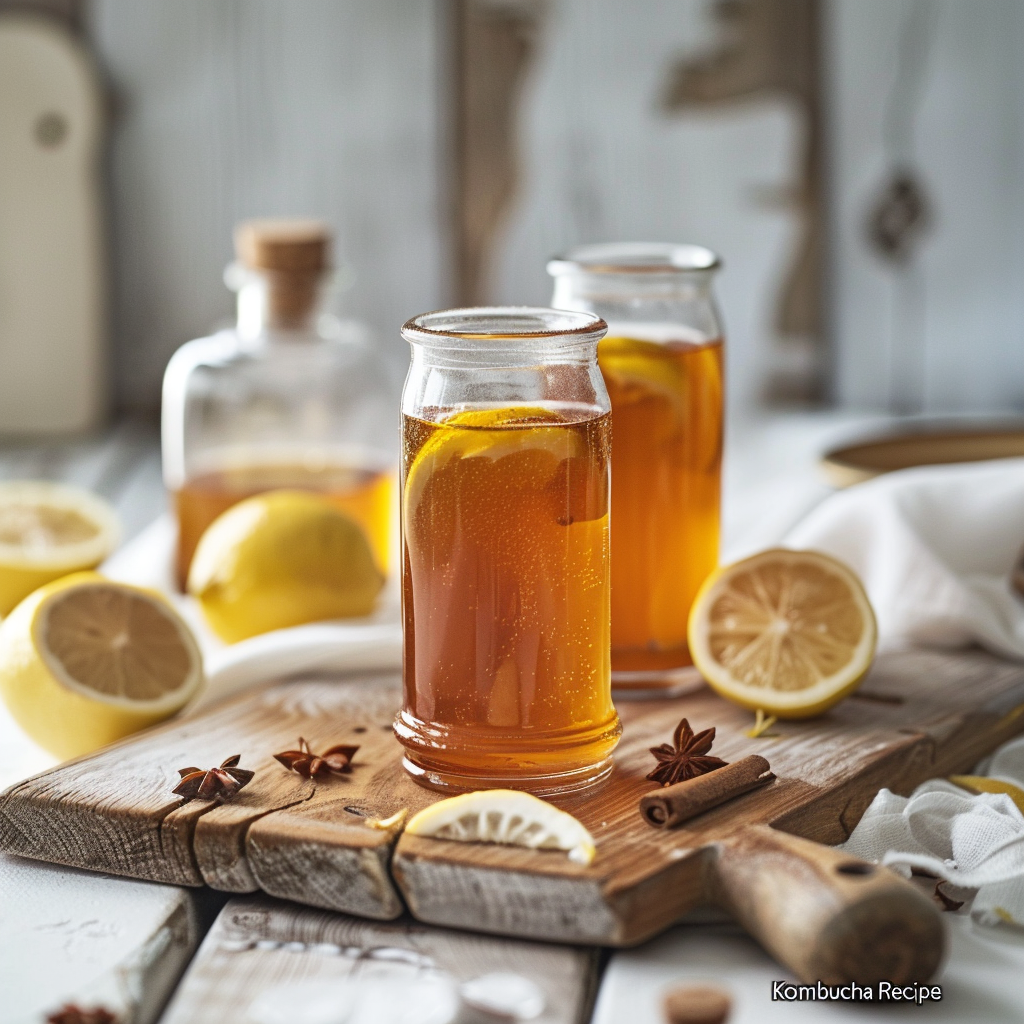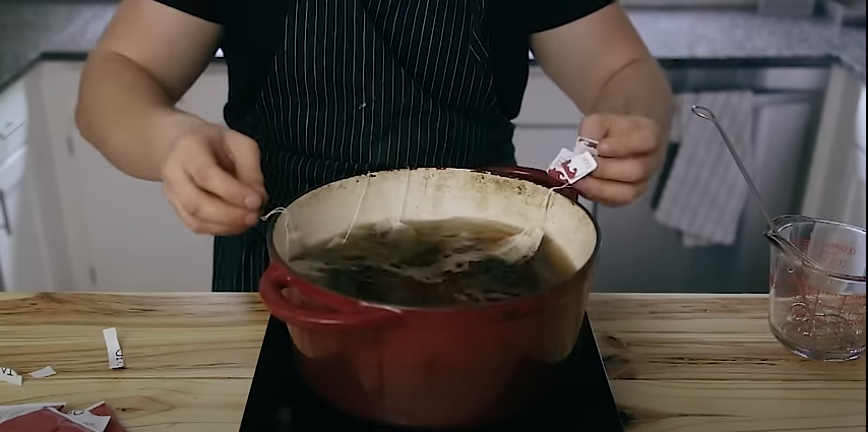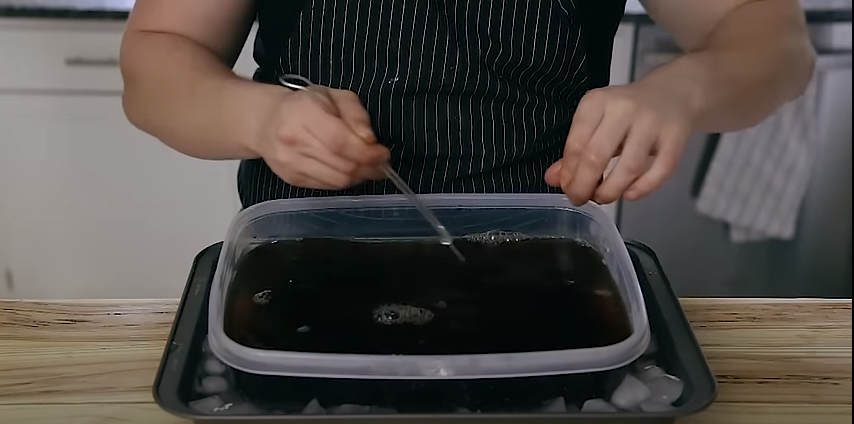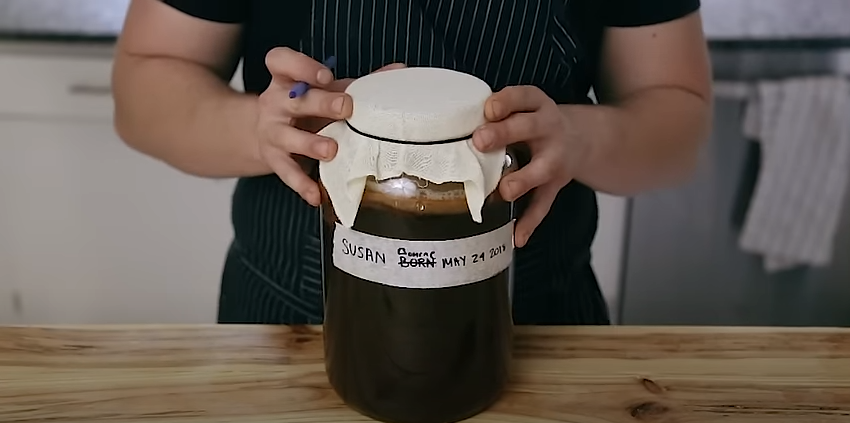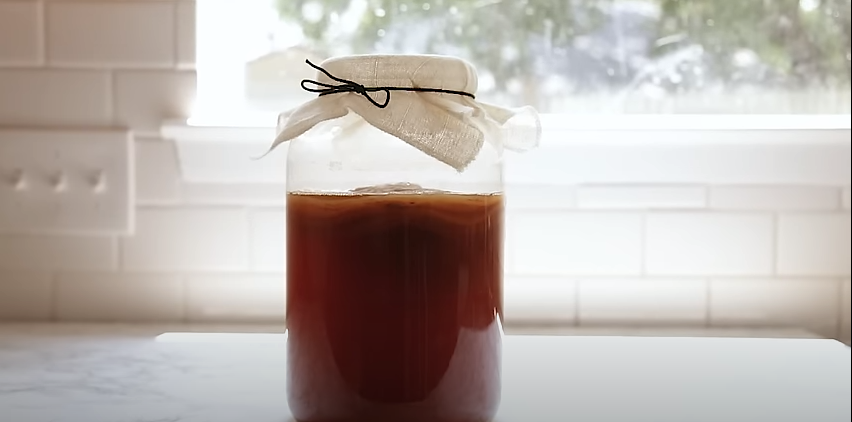Hey, welcome back to Beyond the Bayou Blog. Today I will tell you about Kombucha Recipe. So, let me tell you about my journey with kombucha.
It all started when I was looking for a way to boost my energy without relying on those sugary drinks that left me crashing later.
One day, my friend introduced me to kombucha, a fizzy, tangy drink packed with probiotics. Skeptical at first, I gave it a try, and oh boy, was I surprised! Not only did it give me a natural energy lift, but it also improved my digestion and overall well-being.
Then I decided to learn how to make it myself. After a bit of research, I found a simple kombucha recipe online that promised delicious results.
With my trusty SCOBY in hand, I embarked on my homemade kombucha adventure. And let me tell you, the satisfaction of crafting my own batch of bubbly goodness was unbeatable.
Now, I’m hooked on brewing my own kombucha, experimenting with different flavors like fruity raspberry or zesty ginger. Trust me, it’s simpler than you think.
Kombucha Recipe
Equipment
- Glass Jar
- Breathable cloth or coffee filter
- Rubber band or string
- Brewing vessel (glass bottles or jars)
- Funnel
Ingredients
- 20 cups filtered water
- 10 tea bags or 10 tablespoons loose tea black, green, or a mix
- 5 cups sugar white cane sugar or organic cane sugar
- SCOBY Symbiotic Culture Of Bacteria and Yeast
- Starter liquid previously brewed kombucha
Instructions
- Boil 4 cups of filtered water and steep 4-6 tea bags or 4-6 tablespoons of loose tea in the hot water for about 10-15 minutes. Then, remove the tea bags or strain out the loose tea. Add 1 cup of sugar to the hot tea and stir until dissolved. Let the tea cool to room temperature.
- Once the sweet tea has cooled, pour it into a clean glass jar. Add the SCOBY and starter liquid to the jar.
- Cover the jar with a breathable cloth or coffee filter and secure it with a rubber band or string. This allows airflow while keeping out dust and bugs.
- Place the jar in a warm, dark place, ideally between 75-85°F (24-29°C). Let it ferment for 7-14 days, depending on your taste preferences. The longer it ferments, the tangier it will become.
- After the desired fermentation time, taste the kombucha. If it’s too sweet, let it ferment longer. If it’s too sour, it’s ready for the next step.
- Carefully remove the SCOBY and set it aside. Pour the fermented kombucha into glass bottles using a funnel, leaving some space at the top.
- Seal the bottles tightly and let them carbonate for 1-3 days at room temperature. Then, transfer them to the refrigerator to slow down fermentation and chill the kombucha.
Notes
Nutrition
Brewing Kombucha Safely!
While the home-brewed nature of kombucha makes some home cooks nervous, is unlikely that kombucha will ever make you sick.
I spoke with Eric Child of Kombucha Brooklyn when I first started working on my homebrewing book, True Brews, and he said something that has really stuck with me: Kombucha has been around for a very long time and been brewed in environments that were even dirtier than our own.
Let me Give You some Notes!
- Covering for the jar: Cheesecloth is not ideal because it’s easy for small insects, like fruit flies, to wiggle through the layers. Use a few layers of tightly woven cloth (like clean napkins or tea towels), coffee filters, or paper towels, to cover the jar, and secure it tightly with rubber bands or twine.
- Batch Size: To increase or decrease the amount of kombucha you make, maintain the basic ratio of 1 cup of sugar, 8 bags of tea, and 2 cups starter tea per gallon batch. One scoby will ferment any size batch, though larger batches may take longer.
- Putting Kombucha on Pause: If you’ll be away for 3 weeks or less, just make a fresh batch and leave it on your counter. It will likely be too vinegary to drink by the time you get back, but the scoby will be fine. For longer breaks, store the scoby in a fresh batch of the tea base with starter tea in the fridge. Change out the tea for a fresh batch every 4 to 6 weeks.
- Other Tea Options: Black tea tends to be the easiest and most reliable for the scoby to ferment into kombucha, but once your scoby is going strong, you can try branching out into other kinds. Green tea, white tea, oolong tea, or a even mix of these make especially good kombucha. Herbal teas are okay, but be sure to use at least a few bags of black tea in the mix to make sure the scoby is getting all the nutrients it needs. Avoid any teas that contain oils, like earl grey or flavored teas.
- Avoid Prolonged Contact with Metal: Using metal utensils is generally fine, but avoid fermenting or bottling the kombucha in anything that brings them into contact with metal. Metals, especially reactive metals like aluminum, can give the kombucha a metallic flavor and weaken the scoby over time.

